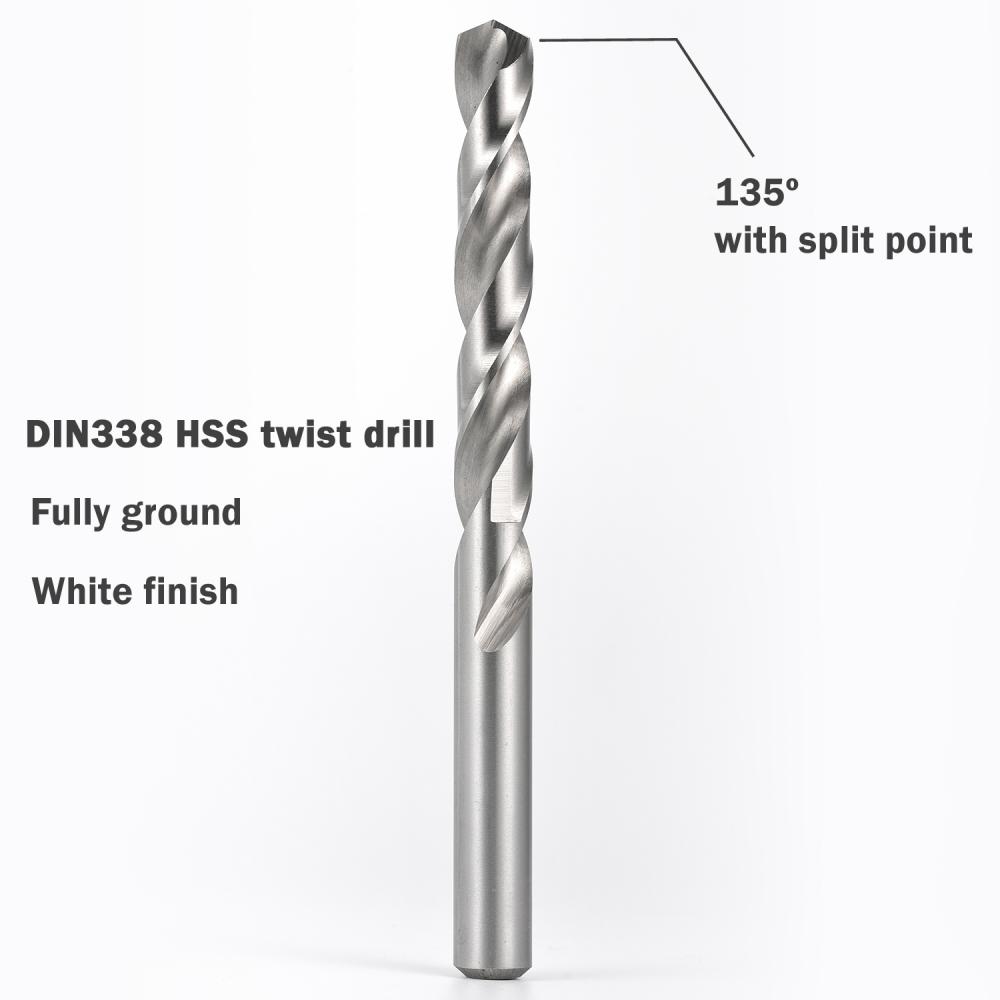A young couple came out of a chain supermarket in Baoan. The cart was full of food: imported baby milk powder, biscuits, fresh soya milk, soybean salad oil, etc. These foods may contain a considerable amount of genetically modified ingredients, but the couple are a little Do not know. It is understood that many food products containing genetically modified ingredients are currently being sold in food stores across the country, especially in remote areas. Due to the fact that the GM labeling system has not been implemented in China for a long time, there is currently no food on the market that is labeled with genetically modified signs. So, is GM food really good? The reporter interviewed Luo Youzhang, a senior engineer of relevant departments in Shenzhen. Objective facts: There are genetically modified shadows on the daily table Luo Gaogong first told reporters: At present, China produces very few genetically modified foods such as grain and oil crops. China's GM foods are basically imported. In 1996, China imported 80,000 tons of genetically modified soybeans and other crops. It soared to more than 2.8 million tons in 1999, reached 7.5 million tons in 2000, and exceeded 20 million tons last year. In the 15th and 6th year, imported GM crops increased by more than 200 times. Luo Gaogong said that this is still very conservative data. In fact, recent inspections conducted by inspection and quarantine departments show that most of the soybeans, canola, and corn imported from genetically modified countries in China are genetically modified products. What foods are most likely to be genetically modified foods on the table of the Chinese people? The top three are: soybeans, corn and rapeseed. Last year, China imported 25 million tons of soybeans, which is equal to the number of non-genetically modified soybeans produced in China. At present, China's imported soybeans are mainly used as processing raw materials to produce soybean oil, tofu, soy milk and other products. So, whether you like it or not, there is a shadow of genetically modified food on our table every day. The most representative is soybean oil. According to statistics, most soybean oils are marked with the word “transgenicâ€. One of the words: eating GM foods is not bad for the human body Through biotechnology, scientists can separate a gene from an organism and implant it in another organism. For example, a certain gene in Arctic fish has antifreeze effect. Scientists took it out and transplanted it into tomato, so they created a new breed of cold-tolerant tomatoes. As such, the food containing genetically modified ingredients is genetically modified food. Luo Gaogong said that in fact, genetic modification can not improve the quality of food, but it can reduce costs. Since planting herbicide-tolerant GM crops can eliminate weeds and reduce labor intensity, planting insect-resistant genetically modified crops can save 80% of pesticides, the production cost will be reduced, and the output will increase accordingly. For example, transgenic pest resistant corn can increase production by 5 to 15%, and transgenic pest resistant rice can increase yield by 6%. Then, the corresponding problem has come, since even insects do not eat, genetically modified foods are harmful to the human body? Luo Gaogong thinks: To a certain extent, genetically modified foods are safer. Compared with similar crops, insect-resistant transgenic crops can greatly reduce the use of pesticides, and there is no need to worry about the problem of pesticide residues. Moreover, GM foods are subject to more stringent regulations and the risk is actually lower than traditional crops. Before testing, GM foods should be tested and tested as required to ensure their safety. Luo Gaogong also said that at present in Shenzhen's food market, the supervision of genetically modified foods is mainly reflected in how they are labeled, that is, consumers' right to know. Different voices: The impact of transgenes on humans is unknown Of course, reporters have also noticed that there are also many concerns about genetic modification. For example, the medical community generally believes that genetically modified foods are resistant to antibiotics. When a scientist adds a foreign gene to a plant or bacteria, the gene is linked to other genes. After people take this modified food, the food will pass the resistance gene to pathogenic bacteria in the human body. , make the body produce drug resistance. Li Weihua, an academician of the Chinese Academy of Sciences, believes that genetically modified foods may cause harm to human health as follows: 1. Toxins in genetically modified crops can cause acute and chronic poisoning in humans or produce carcinogenic, teratogenic and mutagenic substances; Second, immunization or sensitization in crops. Substances can cause abnormal or allergic reactions in the human body. Third, changes in major nutrient components and anti-nutritional factors in genetically modified products can reduce the nutritional value of foods. At this stage, a more objective assessment of the safety of genetic modification is: This is a proposition that cannot be proved and cannot be falsified. â– Teach you a trick How to identify genetically modified foods First of all, the four-digit tag you see in the supermarket is not a bar code, but a label for imported fruit. In general, the name of the exporting country is generally printed at the bottom of the label, the middle English letter indicates the name of the fruit, and the uppermost English letter identifies the name of the exporting company. In the middle of each tag, there are usually four digits of Arabic numerals: The word at the beginning of the three words indicates that pesticides have been sprayed. The words at the beginning of the 4 words are genetically modified fruits; the words at the beginning of the 5 words are hybrid fruits. In 2002, the Ministry of Agriculture of the People's Republic of China promulgated the “Administrative Measures on the Labeling of Agricultural Genetically Modified Organismsâ€, which stipulates that the agricultural genetically modified organisms listed in the list of agricultural genetically modified organisms in China should be identified, including the following four categories of 17 varieties: 1. Soybean seeds , Soybean meal, soybean meal, soybean oil, soybean meal; Second, corn seed, corn, corn oil, corn meal; Third, rape seed, rapeseed, rapeseed oil, rapeseed meal; four, cotton seed, tomato seed, fresh tomato ,ketchup. â– Our reporter Liu Xiaowen
The twist drill is a Tool used to drill round holes in the workpiece by rotating cutting with a relatively fixed axis. Because of its chip slot into a spiral shape and the shape of the twist named. Spiral grooves have 2, 3, or more grooves, but 2 grooves are the most common. The twist drill can be clamped on manual or electric hand-held drilling tools or on drilling machines, milling machines, lathes or even machining centers. The bit material is usually high speed tool steel or hard alloy. Standard twist drill: The twist drill consists of the shank, neck and working part
We have five different materials,HSS-CO8%,HSS-CO5%,HSS-M2,HSS-4341,HSS-4241.From left to right there are from high quality to low quality.
Twist Drill Bit,Glass Cutting Drill Bit,Long Metal Drill Bits,Electric Drill And Bits Behappy Crafts (suzhou)Co.,Ltd , https://www.jshaoyue.com


